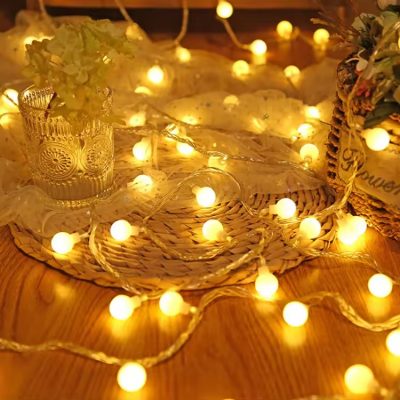Introduction: As the holiday season approaches, cities, towns, and neighborhoods come alive with the dazzling display of holiday lights. These luminous decorations not only brighten the winter nights but also evoke a sense of joy, warmth, and togetherness among people of all ages. From sparkling strings of lights adorning homes to elaborate displays in public spaces, holiday lights have become an integral part of the seasonal celebration. This article delves into the enchanting world of holiday lights, exploring their history, technology, cultural significance, and the joy they bring to communities around the world.
History of Holiday Lights: The tradition of decorating with lights during the holiday season dates back centuries, with roots in various cultural and religious celebrations. In ancient times, people used candles and bonfires to illuminate their homes and public spaces during winter festivals, symbolizing hope, renewal, and the triumph of light over darkness. Over time, advancements in lighting technology led to the widespread adoption of electric lights, making it easier and safer to create elaborate displays that captivate the imagination and spread holiday cheer.
Technology Behind Holiday Lights: Modern holiday lights come in a variety of shapes, sizes, and colors, thanks to advancements in lighting technology. Traditional incandescent bulbs have given way to more energy-efficient options, such as LED (light-emitting diode) lights, which consume less power and last longer. LED lights are available in a rainbow of colors and can be programmed to create dazzling effects, from twinkling stars to cascading waterfalls of light. Additionally, solar-powered lights offer an eco-friendly alternative for outdoor decorations, harnessing the power of the sun to illuminate holiday displays.
Cultural Significance: Holiday lights hold deep cultural significance, symbolizing joy, hope, and the spirit of giving that defines the holiday season. In Christian traditions, lights represent the guiding star of Bethlehem and the birth of Jesus Christ, while in Jewish tradition, the lighting of the menorah during Hanukkah symbolizes the miracle of the oil that burned for eight days. Across cultures and religions, holiday lights bring communities together, fostering a sense of unity and shared celebration during the darkest time of the year.
Community Celebrations: Holiday lights transform neighborhoods and cities into magical wonderlands during the festive season. From neighborhood competitions for the best-decorated homes to elaborate light displays in public parks and gardens, communities come together to celebrate the holiday spirit in style. Light festivals, parades, and tree lighting ceremonies draw crowds of locals and tourists alike, spreading joy and creating cherished memories for families and friends.
Conclusion: In conclusion, holiday lights are more than just decorations—they are symbols of joy, hope, and togetherness that brighten the winter season and lift the spirits of all who behold them. Whether adorning homes, streets, or public spaces, holiday lights illuminate the world with their radiant glow and remind us of the warmth and goodwill that define the holiday season. As we gather with loved ones to celebrate, let us pause to appreciate the beauty and magic of holiday lights, knowing that their luminous brilliance brings light and joy to the darkest nights of the year.







